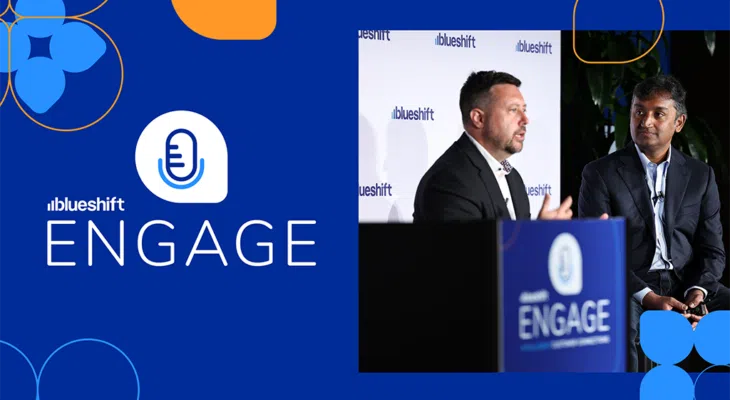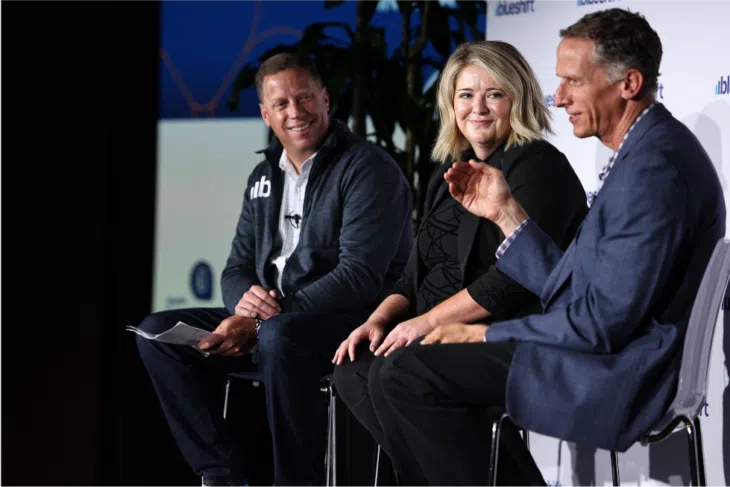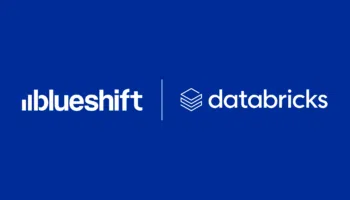What does a modern marketer look like? Is she a creative storyteller who crafts engaging arcs in everything from emails, ads, podcasts, and TikTok shorts? Or a data analyst who pores over dashboards for insights? Is she a business collaborator bringing together the functions that interact with customers – all for the greater good of delivering exceptional customer experience?
What I learned from the speakers and attendees at Blueshift Engage San Francisco last month, is that the modern marketer is all of the above – and more.
Modern marketing doesn’t take a single channel view of customer engagement, or that the end goal of every customer journey is conversion. Marketers must think about customer-centric omnichannel engagement as flywheels – a virtuous cycle of customer interactions that may or may not result in a purchase, but is a chance to learn more and more about each customer so that you can build a lifelong relationship with them (and win some purchases along the way).
Today’s marketers use this rich customer information to build trust because they’re using that data to personalize customer engagement with very-targeted content, product recommendations, and other messages. They’re using AI marketing to reach out to customers at the right time, and on the channels where customers want to interact. And brands are having live, two-way conversations with customers on those channels.
At Engage we heard from several Blueshift customers who are doing just that – and are seeing very positive results. Over the next few weeks, we’ll bring you key findings from the event. Today, we’ll share learnings from modern marketers at Sweetwater and Slickdeals (also winners of this year’s Blueshift Omnies) about engaging with customers using this flywheel approach.





